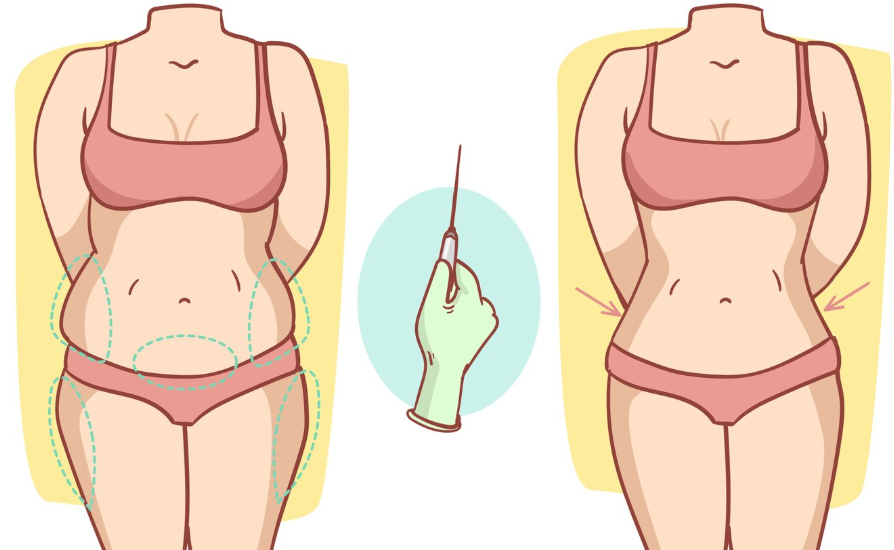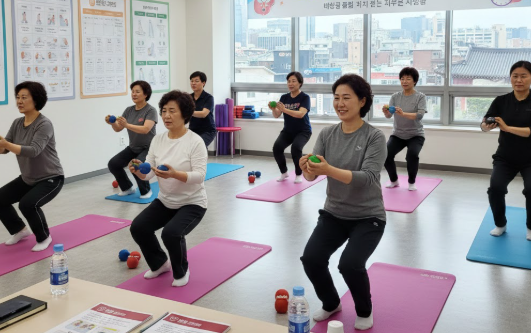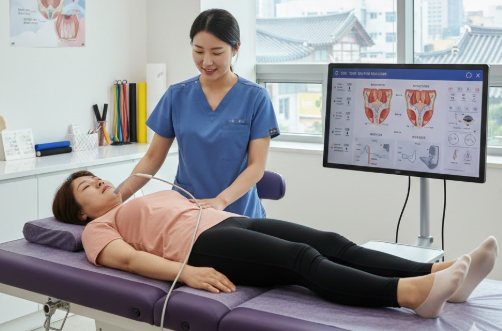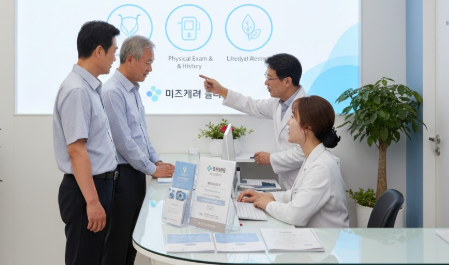Treatment Overview
A Partial Abdominoplasty in Korea is a modified tummy tuck procedure that focuses only on the lower portion of the abdomen, typically below the belly button. It is less invasive than a full tummy tuck, making it suitable for patients with mild to moderate skin laxity or small fat deposits in the lower stomach. Unlike a mini tummy tuck, which only removes a limited amount of skin, a partial abdominoplasty can also involve limited muscle tightening and more extensive contouring of the lower abdomen, without requiring full upper-abdominal correction.
Korean plastic surgeons are renowned for their advanced abdominoplasty techniques and ability to create natural, discreet results. By combining skin removal, light muscle repair, and optional liposuction, patients achieve a flatter, firmer lower abdomen with reduced scarring and shorter recovery time compared to a full tummy tuck.
Purpose & Benefits
- Targeted Improvement: Focuses only on the lower abdomen.
- Skin Tightening: Removes loose or sagging skin below the belly button.
- Mild Muscle Repair: Addresses small separations in lower abdominal muscles.
- Shorter Recovery: Less invasive than a full tummy tuck.
- Minimal Scarring: Low incision hidden along the bikini line.
- Confidence Boost: Improves body profile and self-image.
Ideal Candidates
- Patients with mild to moderate skin laxity below the navel.
- Individuals with localized fat deposits in the lower abdomen.
- Adults in good health and at a stable weight.
- Non-smokers with realistic expectations.
- Post-pregnancy patients or those with mild changes after weight loss.
Possible Risks & Complications
- Temporary bruising, swelling, and soreness.
- Mild numbness or sensitivity changes in the lower abdomen.
- Fluid buildup (seroma).
- Small risk of contour irregularities.
- Rare risks: infection, delayed healing, or asymmetry.
Surgical Techniques Used
- Low Bikini-Line Incision: Strategically placed for discreet scarring.
- Skin & Fat Removal: Excises loose tissue below the belly button.
- Limited Muscle Plication: Tightens only the lower abdominal wall if needed.
- Optional Liposuction: Enhances contouring around the waist and flanks.
- Scar-Minimizing Closure: Fine sutures and scar-care therapies.
Recovery & Aftercare
- 1–2 weeks: Swelling and bruising begin to fade.
- Compression Garments: Worn for 3–4 weeks to support healing.
- 3–5 days: Resume light daily activities.
- 1–2 weeks: Return to desk work or light walking.
- 4–6 weeks: Resume moderate exercise.
- 3–6 months: Final results visible as swelling subsides and scars fade.
Aftercare Guidelines:
- Wear compression garments consistently.
- Avoid strenuous activity during early recovery.
- Maintain a healthy diet and stable weight for long-term results.
- Use scar-care products (silicone sheets, gels, or laser treatments if recommended).
- Attend all follow-up appointments.
Results & Longevity
- Flatter, firmer lower abdomen.
- Improved abdominal contour without full tummy tuck surgery.
- Long-lasting results with stable lifestyle and weight.
- Permanent removal of excess skin and fat.
- Natural, discreet results with minimal scarring.
Treatment Process in Korea
- Initial Consultation & Assessment
- Surgeons evaluate skin laxity, fat deposits, and muscle condition below the navel.
- Plan created to decide between mini, partial, or full abdominoplasty.
- Surgical Planning & Preparation
- Incision mapped low across bikini line.
- Choice of anesthesia: local with sedation or general anesthesia.
- Surgery Day
- Low abdominal incision made.
- Excess skin and fat removed; limited muscle tightening performed if needed.
- Optional liposuction for contour enhancement.
- Closure with fine sutures for discreet scar placement.
- Post-Operative Monitoring
- Compression garment applied immediately.
- Most patients discharged same day.
- Follow-Up & Refinement
- Follow-ups at 1 week, 1 month, and 3–6 months.
- Scar treatment and optional refinements (laser or RF) may be offered.
Why Korea is a Top Destination
- Skilled surgeons with expertise in partial and full abdominoplasty.
- Advanced scar-minimization and contouring techniques.
- Personalized treatment plans for both functional and aesthetic improvement.
- Comprehensive aftercare programs with scar and healing management.
- More affordable than Western countries, with equally high safety standards.
Cost Range
The cost of a Partial Abdominoplasty in Korea depends on the amount of skin removal, whether muscle tightening or liposuction is included, and clinic reputation.
- Standard Partial Abdominoplasty: USD $4,500 – $6,500
- Partial Abdominoplasty + Liposuction: USD $6,000 – $9,000
- Post-Pregnancy or Mild Muscle Repair Case: USD $6,500 – $10,000
- Premium Clinics (3D Imaging, VIP Aftercare, Advanced Scar Care): USD $8,000 – $12,000
Additional Costs:
- Consultation & imaging: USD $100 – $300
- Compression garments: USD $100 – $200
- Medications & aftercare: USD $100 – $300
Popular Clinics
- Banobagi Plastic Surgery (Seoul): Specialists in modified abdominoplasty procedures.
- ID Hospital (Seoul): Known for customized tummy tuck options for post-pregnancy patients.
- JK Plastic Surgery Center (Seoul): JCI-accredited, offering partial and full abdominoplasty.
- View Plastic Surgery Clinic (Seoul): Leaders in tummy tuck with scar minimization.
- JW Plastic Surgery (Seoul): Provides personalized abdominoplasty tailored to each patient’s needs.




